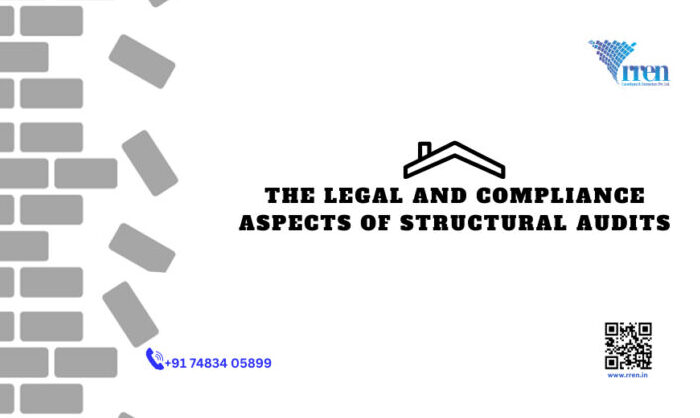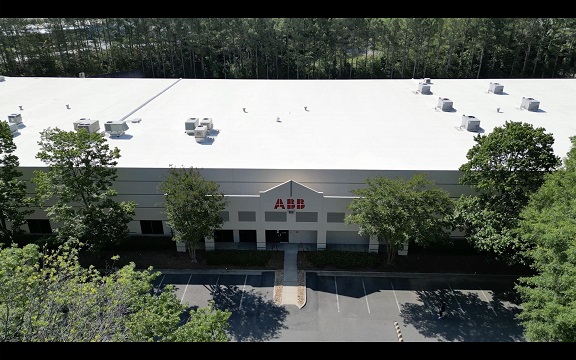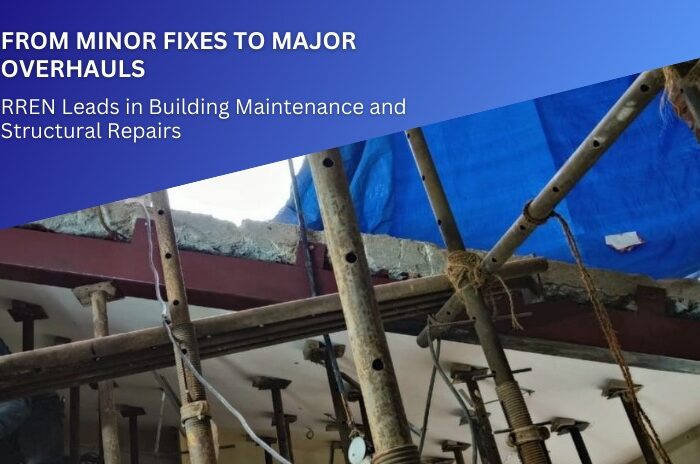Structural audits are critical for ensuring the safety and integrity of buildings, especially as structures age or are exposed to environmental stresses. While the technical aspects of these audits are often in the spotlight, the legal and compliance aspects are just as crucial. Understanding these requirements not only helps property owners and managers avoid potential liabilities but also ensure the safety and longevity of buildings. In this blog, we will explore the key legal and compliance aspects of structural audits and why they are vital for any building owner or manager.
1. Why Structural Audits Are Legally Required?
Structural audits are often mandated by local laws and building codes, especially in regions prone to natural disasters like earthquakes, hurricanes, or floods. The primary legal reason for conducting a structural audit is to ensure public safety. Buildings that are not up to code can pose significant risks to occupants, passersby, and neighboring properties.
Key Points:
Safety Compliance:
Most jurisdictions require buildings to meet certain safety standards. Structural audits are a way to ensure that these standards are being met.
Risk Management:
Identifying potential structural weaknesses can prevent catastrophic failures and reduce the risk of injury or death, which is a significant legal concern.
Insurance Requirements:
Many insurance policies require regular structural audits as a condition for coverage. Failure to comply can result in a loss of coverage or increased premiums.
2.Understanding Local Regulations and Building Code
Every region has its own set of building codes and regulations that dictate when and how structural audits should be conducted. These codes are designed to ensure that buildings can withstand local environmental conditions and are safe for use.
Key Points:
Code Compliance:
Staying updated on local building codes is essential. Codes can change, and what was compliant a few years ago might no longer meet current standards.
Frequency of Audits:
Some regions require regular audits, such as every five or ten years, while others may require them after specific events, like an earthquake or severe storm.
Qualified Auditors:
Many jurisdictions require that audits be conducted by licensed professionals who have the expertise to assess a building’s structural integrity accurately.
3.Legal Liability and Responsibilities of Property Owners
Property owners have a legal responsibility to ensure the safety of their buildings. If a building fails due to structural issues, the owner can be held liable for damages, injuries, or fatalities. Regular structural audits help mitigate these risks by identifying and addressing potential problems before they lead to accidents.
Key Points:
Negligence:
Failure to conduct regular audits or address identified issues can be seen as negligence, leading to legal action.
Record Keeping:
Maintaining detailed records of all audits, repairs, and maintenance is essential for legal protection. These records can prove that the owner has taken necessary steps to ensure safety.
Tenant Safety:
For buildings with tenants, owners have an added responsibility to ensure that the property is safe and meets all regulatory standards.
4.Consequences of Non-Compliance
Ignoring the legal requirements for structural audits can have severe consequences, both financially and legally. Non-compliance can lead to fines, legal action, and, in extreme cases, the forced closure of a building.
Key Points:
Fines and Penalties:
Local authorities can impose fines and other penalties on property owners who fail to comply with audit requirements.
Insurance Claims:
If an incident occurs and an audit has not been conducted as required, insurance companies may refuse to cover the damages.
Forced Repairs or Demolition:
In some cases, if a building is found to be structurally unsound, authorities may require immediate repairs or even order the demolition of the building.
5.Best Practices for Ensuring Compliance
Staying compliant with structural audit requirements doesn’t have to be challenging. By following a few best practices, property owners and managers can ensure that their buildings remain safe and legally compliant.
Key Points:
Regular Audits:
Schedule regular structural audits in line with local regulations. Don’t wait until a problem arises or a deadline is near.
Hire Qualified Professionals:
Always use licensed and experienced structural engineers or auditors to conduct inspections.
Stay Informed:
Keep up-to-date with any changes in local building codes and regulations. Regularly review these to ensure ongoing compliance.
Document Everything:
Maintain thorough records of all audits, repairs, and communications with contractors and authorities. These documents can be crucial in proving compliance and avoiding legal issues.
6.Preparing for a Structural Audit
Preparation is key to a successful structural audit. By knowing what to expect and having all necessary documents and access ready, property owners can facilitate a smoother, more efficient process.
Key Points:
Review Past Audits:
Look at previous audit reports to understand what issues have been previously identified and addressed.
Ensure Access:
Make sure that the auditor has access to all necessary areas of the building, including basements, attics, and roof spaces.
Communicate with Occupants: If the building is occupied, inform tenants or employees about the audit and ensure they understand any access requirements or disruptions.
Conclusion
Understanding and adhering to the legal and compliance aspects of structural audits is crucial for any property owner or manager. Regular audits not only help to ensure the safety and integrity of a building but also protect against potential legal liabilities. By staying informed about local regulations, conducting regular audits, and keeping thorough records, property owners can maintain compliance and keep their buildings safe and secure.
Structural audits are more than just a legal obligation—they are a proactive step towards safeguarding both people and property. Don’t wait until it’s too late—ensure your building is compliant today.











